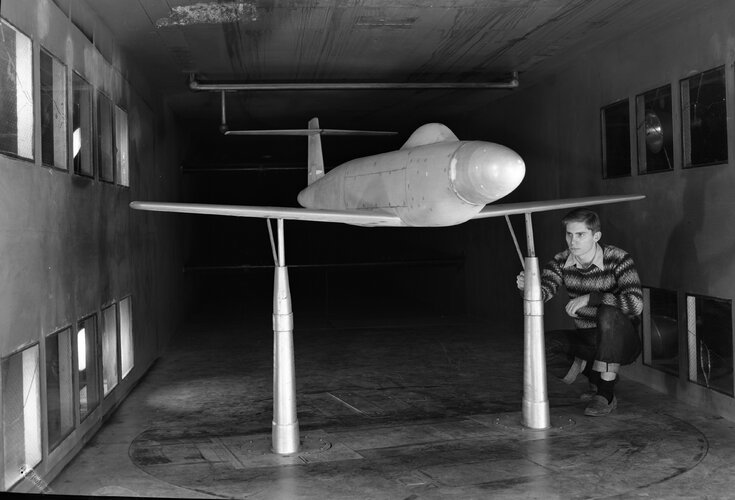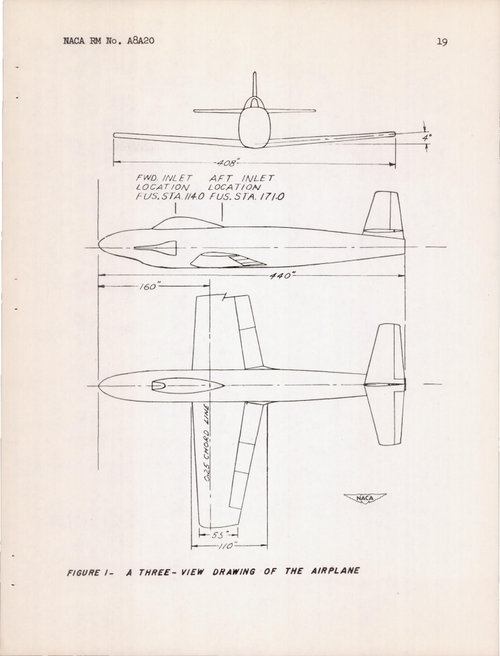SatinWings
ACCESS: Restricted
- Joined
- 12 June 2019
- Messages
- 18
- Reaction score
- 48
I found this wind tunnel model looking through the Internet Archive, and was at first torn whether to post this to the Mustang F.T.B. or XP-81 threads as they were the only things having any similarity to it (though there are several obvious reasons it is neither). But having nothing concrete to tie into either, and having no luck myself, I thought it best to start its own topic.
The given title and description at the link are equally mysterious to me, referring to it as a "Navy Fighter Research Model" with a semi-nonsensical description that perhaps describes the T-tail. The original upload gives a date of 3 December 1947, but this could just as well be incorrect.
The given title and description at the link are equally mysterious to me, referring to it as a "Navy Fighter Research Model" with a semi-nonsensical description that perhaps describes the T-tail. The original upload gives a date of 3 December 1947, but this could just as well be incorrect.


